Orthopedic Biomedical Engineers
Technological breakthroughs in orthopedics often originate not in the clinic but in the lab, where design meets biology. Orthopedic biomedical engineers are the innovators who conceptualize, develop, and refine devices and systems that assist in diagnosis, treatment, and rehabilitation of musculoskeletal disorders. From designing hip implants and spinal fixation systems to crafting biocompatible scaffolds for tissue regeneration, they operate at the cutting edge where engineering meets medicine.
Orthopedic biomedical engineers contribute significantly to the safety, efficiency, and longevity of medical devices. Using computer-aided design, finite element modeling, and 3D printing, they create solutions tailored to anatomical specificity and mechanical demands. Their work ensures that implants endure years of stress while minimizing wear and failure risks. Beyond prosthetics and hardware, these professionals are also advancing soft robotics, biosensors, and smart materials that adapt in real time to biomechanical loads. They frequently collaborate with surgeons, rehab experts, and regulatory bodies to ensure that innovations are clinically effective and compliant with safety standards. Their involvement spans every phase—from ideation and prototyping to testing and post-market surveillance—making them indispensable in the life cycle of orthopedic technologies. As demand for patient-specific solutions and minimally invasive tools grows, orthopedic biomedical engineers remain at the forefront, engineering the future of personalized musculoskeletal care.
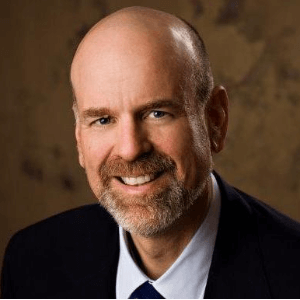
Stephen S Tower
University of Alaska Anchorage, United States
Marcos Brioschi
American Academy of Thermology, United States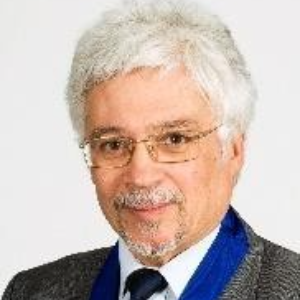
Wagih El Masri
Keele University, United Kingdom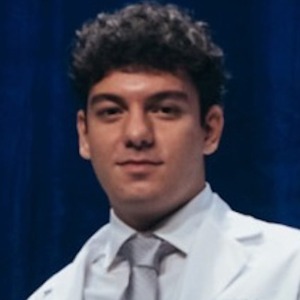
Arif Akkok
Lake Erie College of Osteopathic Medicine, United States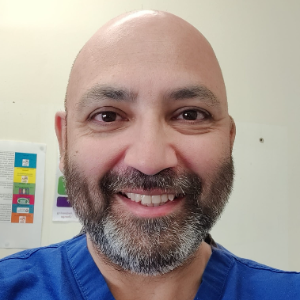
Akash Ganguly
Warrington and Halton Hospitals NHS FT, United Kingdom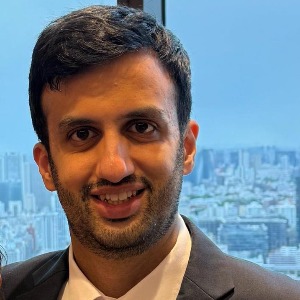
Sajid Ali
The Dudley Group NHS Foundation Trust, United Kingdom




Title : The UK profemur recall and implant cobaltism
Stephen S Tower, University of Alaska Anchorage, United States
Title : The tomographic phenotype and the genotype of wormain bones
Ali Al Kaissi, National Ilizarov Medical Research Center for Traumatology and Orthopaedics, Russian Federation
Title : New treatment of muscle contracture and joint contracture through muscle regeneration with mitochondrial dynamics
Ki Ji Lee, Busan Medical University, Korea, Republic of
Title : New treatment of sarcopenia through muscle regeneration with mitochondrial dynamics
Ki Ji Lee, Busan Medical University, Korea, Republic of
Title : The prevalence and association of self-reported depression symptoms with musculoskeletal pain and quality of life among pregnant women
Youssef Masharawi, Tel Aviv University, Israel
Title : Bipolar hemiarthroplasty under local anesthesia (2%)
Ketan Karabhai Parmar, Aayush Multispecialty Hospital, India